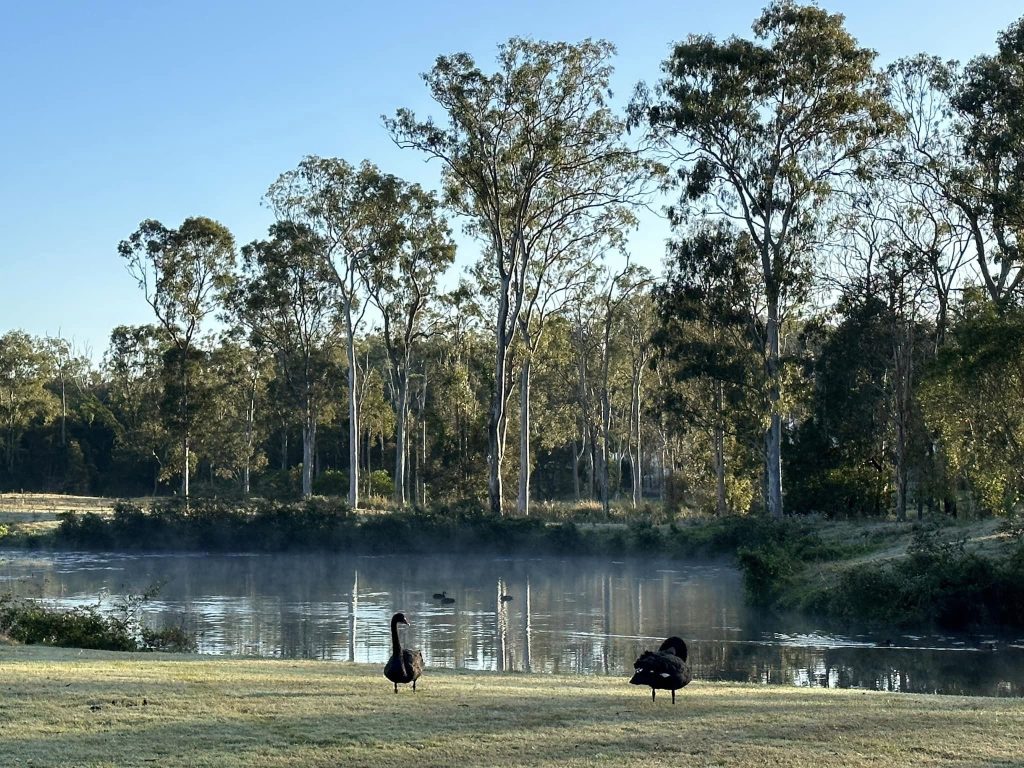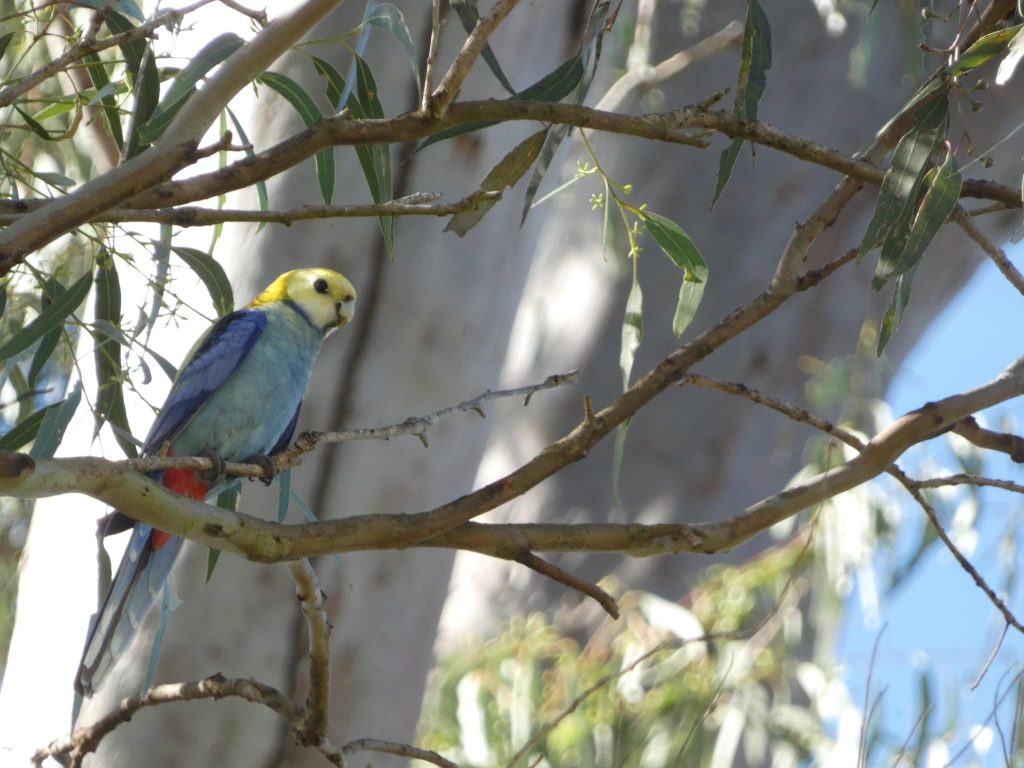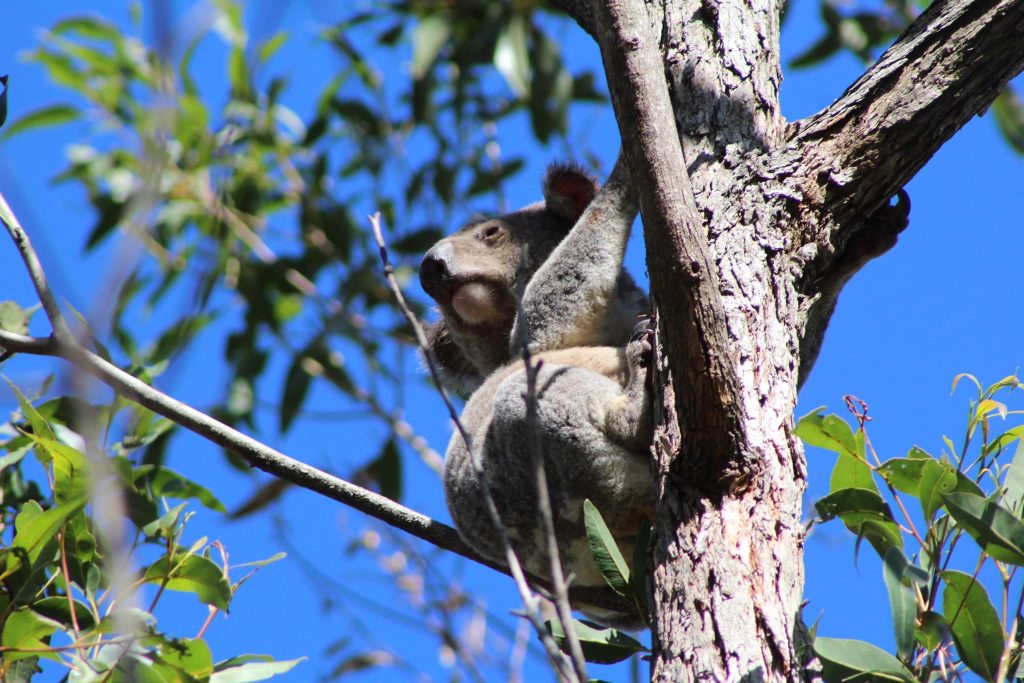Maintaining existing greenspaces is of vital importance not only for the preservation of local ecosystems but also for human well-being. Here are some key reasons explaining why the upkeep of these natural areas should be a priority:
 Biodiversity Protection: Existing greenspaces serve as home to numerous species of wildlife, many of which may not be found elsewhere. In the context of Australia, these greenspaces are habitats for iconic native species like koalas, kangaroos, possums, and a diverse range of birds. By preserving these greenspaces, we maintain the natural habitats for these species, reducing the risk of their populations declining or even becoming extinct.
Biodiversity Protection: Existing greenspaces serve as home to numerous species of wildlife, many of which may not be found elsewhere. In the context of Australia, these greenspaces are habitats for iconic native species like koalas, kangaroos, possums, and a diverse range of birds. By preserving these greenspaces, we maintain the natural habitats for these species, reducing the risk of their populations declining or even becoming extinct.
 Ecosystem Services: Greenspaces provide critical ecosystem services that support human life. These include climate regulation, air and water purification, soil erosion control, and pollination. They also offer the environment a chance to regenerate, maintain healthy soil conditions, and manage water systems naturally.
Ecosystem Services: Greenspaces provide critical ecosystem services that support human life. These include climate regulation, air and water purification, soil erosion control, and pollination. They also offer the environment a chance to regenerate, maintain healthy soil conditions, and manage water systems naturally.
 Climate Change Mitigation: Trees and other vegetation within greenspaces sequester carbon dioxide, a primary greenhouse gas contributing to global warming. By protecting and maintaining these areas, we help combat climate change.
Climate Change Mitigation: Trees and other vegetation within greenspaces sequester carbon dioxide, a primary greenhouse gas contributing to global warming. By protecting and maintaining these areas, we help combat climate change.
 Health Benefits: Greenspaces have been shown to significantly contribute to mental and physical health. They offer opportunities for recreational activities, helping to reduce stress, improve mood, and promote physical activity.
Health Benefits: Greenspaces have been shown to significantly contribute to mental and physical health. They offer opportunities for recreational activities, helping to reduce stress, improve mood, and promote physical activity.

Education and Research Opportunities: These areas can be invaluable for scientific research and education. They offer hands-on learning opportunities for students and researchers to study ecology, biology, and environmental sciences.
 Cultural Significance: Many greenspaces have significant cultural and historical value. Indigenous communities may have sacred sites or important cultural resources within these areas. Preserving them respects and acknowledges this cultural heritage.
Cultural Significance: Many greenspaces have significant cultural and historical value. Indigenous communities may have sacred sites or important cultural resources within these areas. Preserving them respects and acknowledges this cultural heritage.
Economic Value: Healthy ecosystems can provide significant economic benefits. This can come in the form of tourism (think of how many people travel to see Australia’s unique wildlife), or through the provision of raw materials and food.
Urban Heat Island Mitigation: In urban areas, greenspaces can help alleviate the urban heat island effect by providing shade and cooling through evapotranspiration. This makes cities more livable during heatwaves and reduces energy demands for air conditioning.
In conclusion, maintaining existing greenspaces is crucial for both environmental and human health. It ensures the preservation of diverse species, contributes to climate change mitigation, and offers multiple benefits to human communities from health to economic aspects. Thus, preservation efforts need to be a part of sustainable development strategies at local, national, and international levels.


